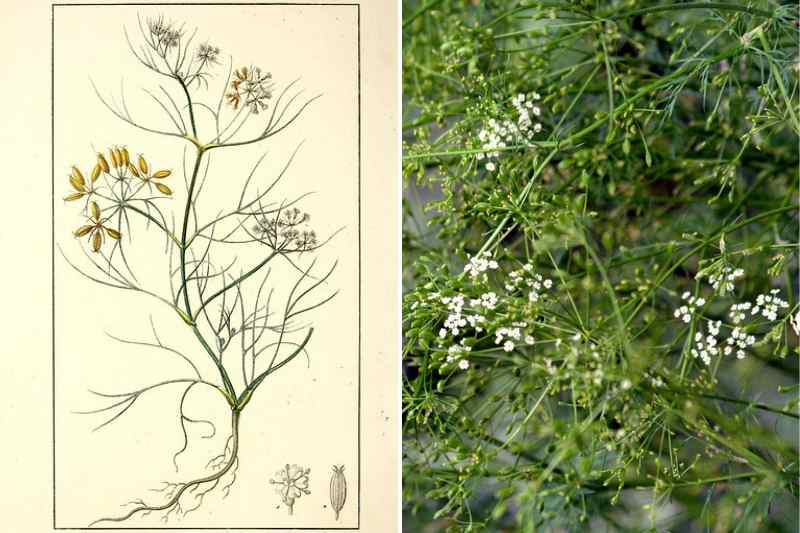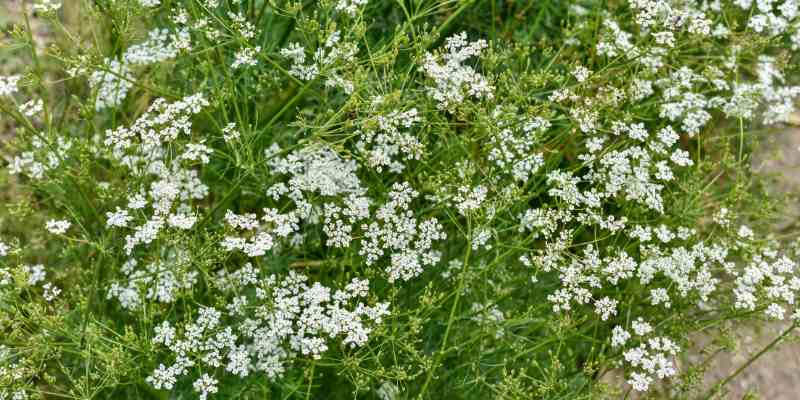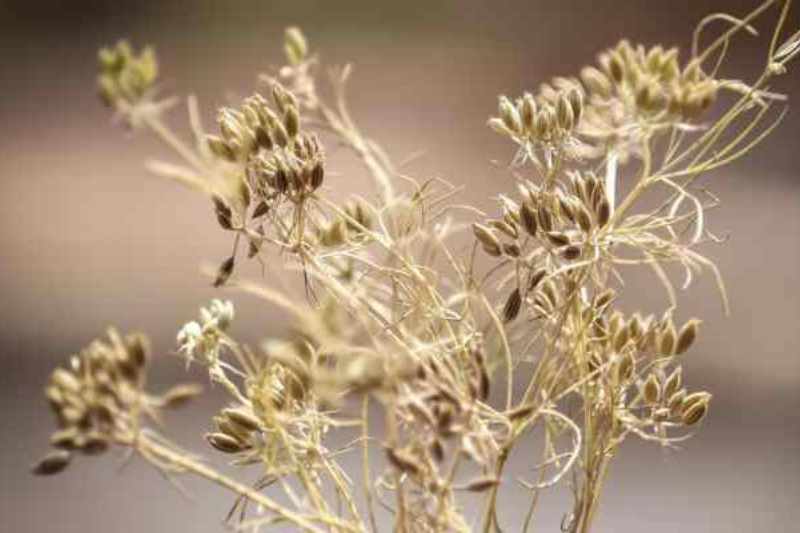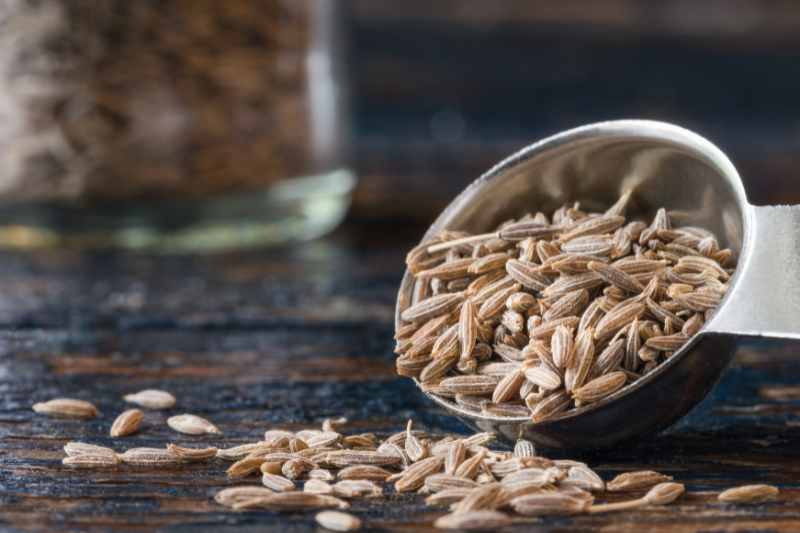A typical annual aromatic plant from the Apiaceae family, cumin (Cuminum cyminum) must be sown each year in the herb bed or vegetable garden. Unlike many aromatic herbs, only the fruit, that is, its seed, is used as a condiment for various dishes or as a digestive infusion.
Let’s see how to successfully sow cumin in your garden!

When to sow cumin?
Sow between April and May directly in the ground, when the soil warms to at least 12°C, or perform early sowing in trays (less recommended), between February and April, in a heated shelter.
Where to sow cumin?
Native to China, India, and the Nile's silt valley, cumin prefers rich, light soil that is always well-drained and rich in humus. Add some compost if your soil is not rich enough. For exposure, choose a sunny or partially shaded spot in the vegetable garden, depending on the region. The exposure should be warm and well-sunlit for it to thrive.
Generally, sowing is done directly in the ground, but tray sowing is also possible if an earlier harvest is desired from May onwards.
We do not recommend pot cultivation, as cumin will be less productive and not particularly ornamental.
Its favourite companions in the vegetable garden are Cucurbitaceae such as cucumbers and gherkins, or Cruciferae (cabbages, broccoli, watercress, etc.).

Sowing cumin
Sow it directly in place, that is, in the ground, as soon as the soil begins to warm up, in May, as it does not really appreciate transplanting. The cumin seeds should have been harvested in the previous autumn or purchased from a garden centre.
- Prepare the soil : loosen the soil with a cultivator, then level it with a rake
- Using a string line (optional), mark out furrows 1 cm deep, spaced 15 cm apart
- Sow in rows, one seed every 5 cm
- Cover with a thin layer of soil to fill the furrow (maximum 1 cm, cumin does not need to be buried deeply)
- Firm down with the back of the rake
- Water with a fine rose watering can and keep the soil moist (but never waterlogged) until germination, which usually takes about 15 days, depending on the mildness of the climate. Once the seedlings have emerged, reduce watering to avoid excess moisture.
- Mulch the soil after sowing to retain moisture and limit weeds.
Indoor sowing
If you are sowing indoors in pots to hasten production, be aware that transplanting is a bit tricky with cumin: its roots are fragile, so reserve this method for cold regions where direct sowing is impossible before the end of May. Choose individual pots or a seed tray and sow in clusters of 3 seeds. You will transplant when the soil temperature is at least 12 °C.

Harvesting and uses of cumin
Cumin will develop white umbels during the summer, between July and September, typically after four months of growth. The harvest occurs about four months after sowing. For direct sowing, the harvest will therefore take place between July and September. You can harvest the brown, dried seeds at the end of the season for culinary use and to re-sow in the following spring, and cut back the entire plant after harvesting.
Learn more about harvesting cumin in our tutorial: How to harvest and store cumin seeds?
































Comments